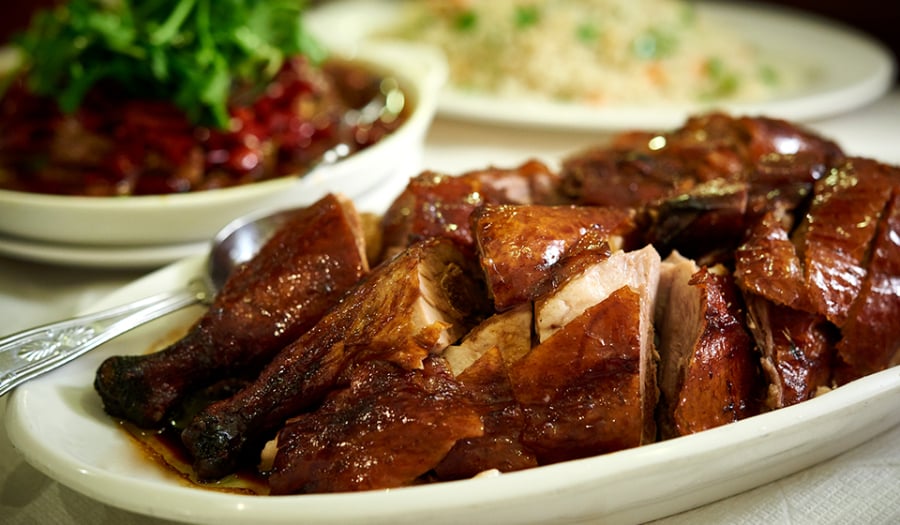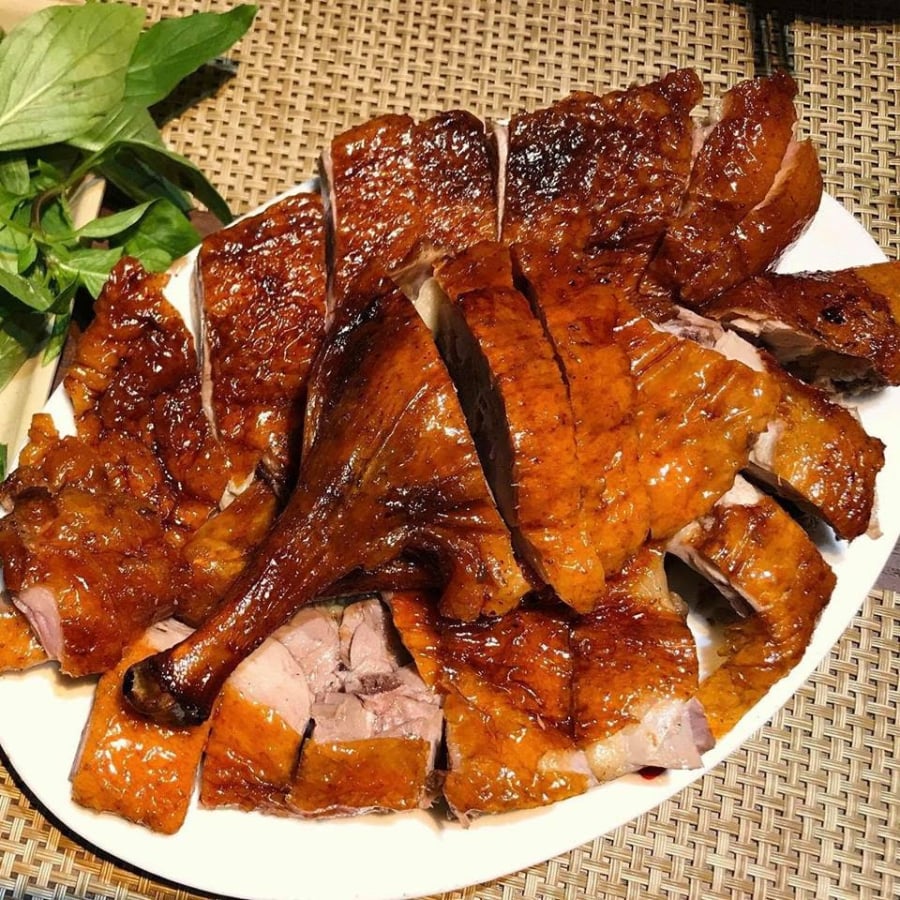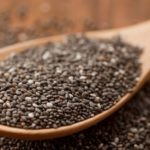How good is duck meat?
Duck meat has a relatively high fat content, usually found between the skin and the meat. However, the fat in duck meat is unsaturated fat (unlike the saturated fat found in other meats). This fat is considered healthy and not harmful to human health.

In addition, through the cooking process, the amount of fat in duck meat will decrease significantly depending on whether the duck is well-cooked or not or if you remove the outer skin.
In fact, some cuts of duck meat, such as duck breast, have low fat content (2 grams, with only 0.5 grams of saturated fat) per 85 grams of meat. This fat content is lower than that of chicken breast (3 grams total fat and 1 gram of saturated fat).
Duck leg and duck thigh have a higher total fat content (average of 5 grams of fat per 85 grams of meat), however, duck leg has less fat than boneless chicken thigh.
Therefore, duck meat is seen as a source of healthy fats and is less likely to contribute to obesity. It is also a popular choice in diet and weight loss programs.

Why duck meat should be consumed in winter
Unlike other meats, duck meat is not hot or dry, making it particularly suitable for nourishing the body in winter. It helps to warm the body and soothe dry winter symptoms and throat discomfort. Duck meat also provides essential nutrients for the body, strengthens the immune system, and helps us stay healthy during the cold season.
One of the delicious dishes made from duck meat is ginger-fried duck. Ginger-fried duck has a rich flavor, and the aroma of ginger enhances the tenderness of the duck meat. It has a warming effect on the body and is suitable as a tonic in the autumn and winter seasons.
Ingredients needed: Duck meat, ginger, onion, green bell pepper, cooking wine, light soy sauce, sesame oil, sugar, salt, chicken stock.
Instructions:
Step 1: Cut the duck meat into small pieces, wash the meat thoroughly, put it in a pot, add enough water, bring to a boil, blanch it, then remove it to drain the water.
Step 2: Heat an appropriate amount of cooking oil in a pot, heat it up, add a few slices of ginger, onion, and green bell pepper, stir-fry until fragrant. Add the duck meat and fry until it turns light brown, then add cooking wine, light soy sauce, sesame oil, sugar, and stir to evenly coat the duck with seasoning.
Step 3: Add enough water, simmer on low heat for about 15 minutes until the sauce thickens, finally, add salt, chicken stock, green pepper, and sliced ginger, stir evenly, then serve.

Other benefits of duck meat
Duck skin is an excellent source of Glycine
Glycine is an important amino acid with various roles in the body, such as wound healing and promoting quality sleep… Each 100 grams of duck meat (including the skin) can provide about 1614 mg of this amino acid.
Duck meat is rich in Selenium
The main mineral in duck meat is Selenium. This is a key mineral in antioxidant activities and has many benefits for inflammation and the immune system. Providing the right amount of Selenium daily is also beneficial for thyroid health.
Notably, a study found that older women with low blood selenium levels had a significantly higher risk of death within 5 years.
Reduced risk of cardiovascular diseases
While fish and seafood are considered the top sources of omega-3 fatty acids, few people know that duck meat is also rich in beneficial acids for cardiovascular health. Consuming duck meat can effectively minimize and prevent cardiovascular issues.
Protecting bone health
Some studies have shown that consuming animal protein, including duck meat, can improve bone density and strength.
In conclusion, eating duck meat has many health benefits. As the majority of fat in duck meat is healthy fat, it is unlikely to cause acne or contribute to weight gain. However, it is important to choose clean and safe duck meat from reputable stores to avoid the risks of food poisoning associated with duck meat.




































